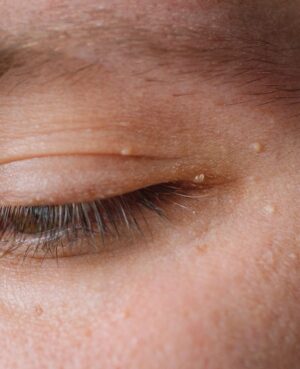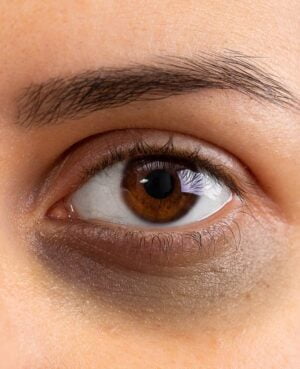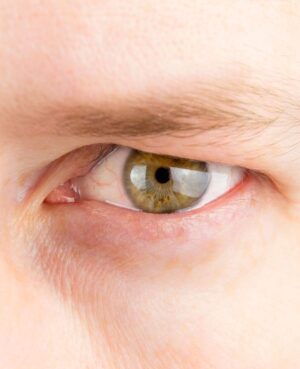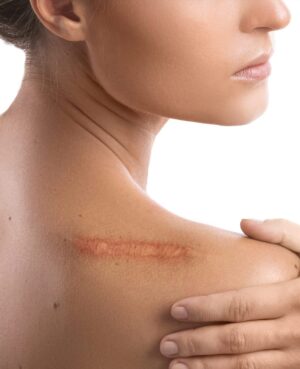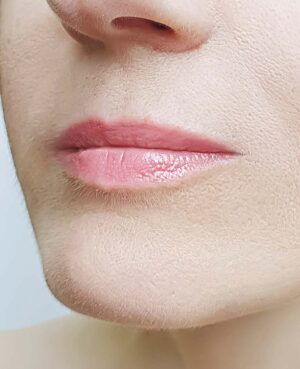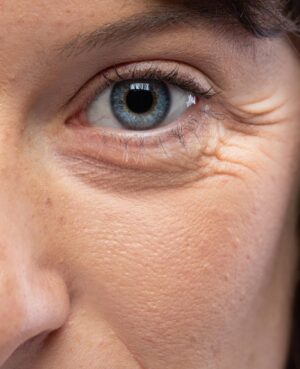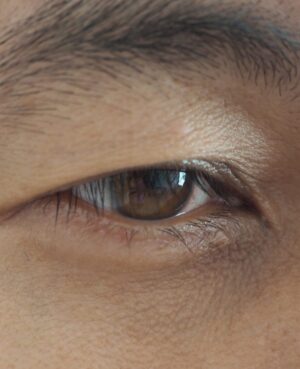Filler Related Complications & Vascular Occlusion & Vision Loss
Filler related complications including vascular occlusion and vision loss are not uncommon in an unregulated market in the UK where filler treatments are not classified as medical treatments and non-healthcare professionals can purchase and inject filler. Many mild complications may go unreported. Vision loss fortunately still remains rare but is one of the main concerns for medical practitioners and their patients.
Our surgeons at FaceRestoration teach other healthcare professionals the safe application of dermal filler, how to prevent and manage complications in their training academy and also provide support and treatment for patients as well as medical practitioners encountering these problems with their patients.
ABOUT THIS CONDITION
INFORMATION ABOUT YOUR SYMPTOMS
The vast majority of complications related to filler are mild and self-limiting, with bruising being the most common. With the appropriate precautions of avoiding blood thinners that may be stopped without compromising underlying medical conditions (including non-steroidal anti-inflammatory medication, arnica and the four G’s, garlic, ginkgo, ginseng and ginger) for 2 weeks prior to treatments, and techniques during treatment, bruising can be minimised.
We are passionate about safety in medical aesthetics and are patient advocates working with local government to improve regulation of the filler market. We have written and published national and international consensus guidelines on asepsis in aesthetic clinical practice and vision loss protocols. These protocols can be found under Vision loss protocol and Purifeyes™️.
Our two Consultant surgeons lecture and train medical aesthetic practitioners and ophthalmologists on the evidence based management of filler complications, and are on the complications faculty as Tier 1 key opinion leaders for Allergan aesthetics (Abbvie) as well as on the board of IMCAS alert providing support for medical practitioners with filler complications.
We offer a 24 hour emergency support service and can guide you and your practitioner through the steps for successful resolution of your filler complication.
Our aim is to ensure that you are supported through the management of this complication and appreciate how distressing this can be for you. We aim to offer you a solution that allows us to restore you to your best self.
Contact us at FaceRestoration today and we would be pleased to guide you.
What is vascular occlusion?
What happens when I have vision loss?
How do practitioners avoid complications due to infection?
Related conditions
Similar conditions clients also view
-

Lumps, Bumps & Skin Tags
-

Dark under eye circles & Tear trough
-

Droopy Lids, Ptosis & Tired Eyes
-

Scars, Keloid Scarring & Scar Management
-

Thin Lips
-

Laughter Lines & Crow’s feet
-

Forehead Lines, Frown Lines & Wrinkles
-

Sweating, Hyperhydrosis & Armpits
-

Nose Enhancements
-

Brow Ptosis (Droopy Eyebrow)
-

Age Spot, Pigmentation & Sun damage
-

Turkey Neck & Saggy Skin


How we can help
Contact us for a consultation

Booking with us
Arrange a consultation with us using the button below at a time of your choosing. This may be held through video chat dependant on COVID guidelines at the time.

Your consultation
We will then discuss with you your symptoms and advise you on how best to proceed with helpful guidance on treatments through our expert knowledge and training.

Treatment after care
Once an appointment has been arranged, we will then begin treatment and support you along the process, including specialised aftercare.

